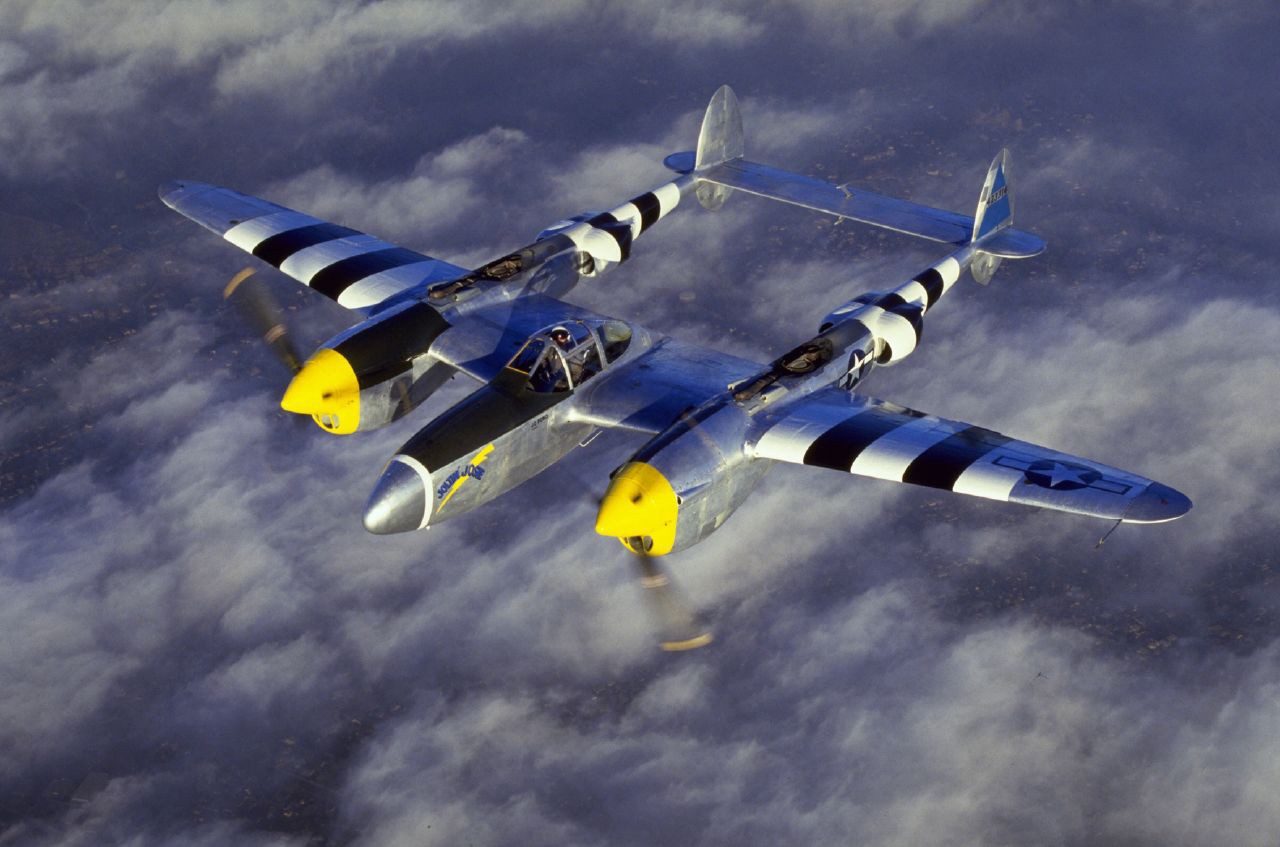We talk about the F-4, the F-15E, the F-16, F-18 and a few more but the first Mulitrole Fighter was the P-38. It was used even for a Hospital Emergency Ambulance and much much more. Here is what the pilots had to say about it.
How did it compare with the British Mosquito?
In most things, they were about equal as multirole. But as a pure bomber, the nod goes to the Mossie. But was you lean towards the fighter, the P-38 gets the nod. The Mossie had the advantage of being able to carry it's bombs internally so the drag wasn't there. The P-38 had to carry it external so it got slowed down depending on the load. Both were used as Night Fighters. The Mossie had room in the nose while the P-38 got a pod. Both were used as pathfinders and again, the Mossie got it internal and the P-38 got a pod. Both were used..... The list is quite extensive on both.
But the Mossie got the headlines while the P-38 didn't. But in the Pacific, the P-38 was superior because it could start on one mission and do a completely different mission during or after another one that was completely different. For instance, after skip bombing and strafing shipping, it would go after another area and go for Fighter and Bomber Interception all on the same mission when it peeled away from the B-25s and B-24s. But as a light bomber, the Mossie had a slightly better range and speed. Until the P-38 cleaned up. The early P-38Fs and Gs, the Mossie had a edge on in many things but by the time the P-38J-25 and L hit the skies and the other models were reconfigured, the Mossie no longer had that advantage except as a light bomber. Both of them could carry the same bomb load, a whopping 4000lbs which was equal to a B-17 but both could not carry that many small bombs like the 17 could. Carrying that heavy a load, the 38 had a very short range because he had to give up both drop tanks and the drag was bad. Let's face it, the Mossie had more internal fuel and didn't have the drag of the external bombs. On many mixed missions, the P-38 carried one 1000lb bomb and one drop tank and used his drop tank for the first half of the mission for his fuel.
Which was better? Depends on the mission, the year, the model, a lot of things. It also meant how much training the new pilots got when they first showed up. The early P-38 pilots, many hadn't even flown anything other than a single engine trainer in the states before they were plunked into the seat of a P-38 and sent off into battle. The Mossie Pilots were seasoned pilots.
You should make it clear that mossie is in reference to the mosquito a British twin engine multi role fighter-bomber with no armor other than it's speed. It was partially constructed from wood and was powered with two Merlin engines. The same engines used on numerous aircraft including the Spitfire, the Lancaster heavy bomber, and our own P51 mustang (my favorite WWII fighter).
"Mossie" were used as high altitude reconnaissance planes.


